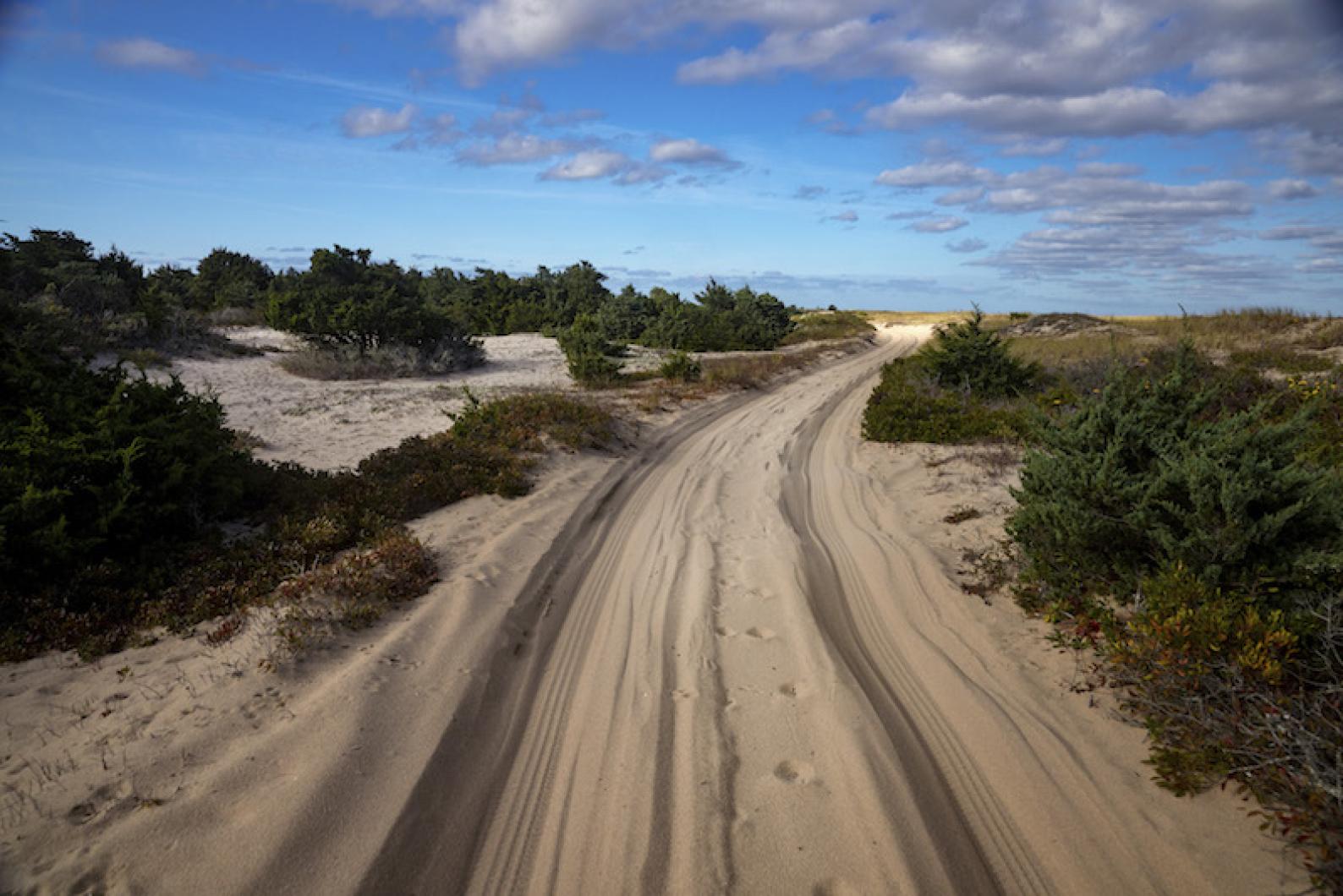Vineyard Wind and the Edgartown conservation commission have comes to terms in a dispute over the construction of two heavy-duty underwater cables, as the nation’s first industrial-scale offshore wind farm moves through an extensive permitting and construction process.
A settlement signed off on by the state Department of Environmental Protection (DEP) this week will allow the conservation commission to play an active role in closely monitoring the project to run an undersea cable from the offshore wind farm past the eastern shore of Chappaquiddick on its way to mainland Cape Cod.
Although the settlement clears one of the last of a long line of local and state permitting hurdles for the massive, 84-turbine ocean infrastructure project, a construction start date remains stalled until at least early 2020 because of delays at the federal level.
In 2018, Vineyard Wind submitted a notice of intent to install two, 220 kiliVolt undersea cables that would connect turbines on its wind-lease area 14 miles south of the Vineyard to mainland Massachusetts, with a landing point in Barnstable on Cape Cod. Because the proposed cables would run approximately one mile off the Chappaquiddick’s eastern shore through Muskeget Channel, it partly fell under the jurisdiction of the Edgartown conservation commission by order of the state Wetlands Protection Act.
The project was approved by the Martha’s Vineyard Commission over the winter.
But this summer the conservation commission voted to deny the project at the local level, after hearing vocal concerns from Island fishermen at a five-hour public hearing.
Vineyard Wind appealed to the DEP, which issued a superseding order of conditions in August. The commission appealed that ruling to the state office of appeals and dispute resolution.
The matter had been marked up for an adjudicatory hearing in December, but the settlement, signed Sept. 18 by attorneys for the town, state and Vineyard Wind and made final by the DEP Tuesday, puts an end to the dispute. In exhaustive detail, it ensures that the conservation commission can remain involved in monitoring the project as construction begins and beyond. The agreement includes all 15 superseding conditions issued by the state DEP in August, and adds nine more that spell out the conservation commission’s inclusion in the project’s later phases.
“In order to ensure the commission’s continued role and oversight of the project in order to advance and protect various interests of the [Wetlands Protection] Act, the parties agree . . .” the settlement reads in part.
The conditions stipulate that all submissions Vineyard Wind sends to the state DEP for review and approval must also be sent to the conservation commission for review and comment. These include amendments to the time frame of the project, fishery survey plans, Cape Pogue eelgrass survey plans and dredging plans. The commission will have 30 days to send comments to the DEP.
Submissions that don’t fall under the state DEP’s jurisdiction must also be sent to the commission for comment, including reports on the project’s post-construction seafloor monitoring plan and its pre-grapnel run report. Vineyard Wind is required to generate and submit post-construction fishery, shellfish, and eelgrass monitoring plans no later than one and three years after they finish laying the cables.
As part of the DEP’s initial 15 conditions, Vineyard Wind is prohibited from installing certain portions of the cables in the northern section of the Nantucket Sound between April 1 and June 30.
In addition, Vineyard Wind is required to inform the commission of the choice of cable type and the technique to be used for boulder relocation. It is also required to provide the conservation commission with a decommissioning plan for the cables.
And if any emergencies arise during the construction phase of the project, including if cables become exposed underwater, they must immediately be reported to the town.
In a statement issued Tuesday, Brendan Moss, a spokesman for Vineyard Wind, said the company has worked hard to maintain environmental protections and communication engagement.
“We look forward to continuing to work with the Edgartown conservation commission, Vineyard fishermen, and all stakeholders going forward,” he wrote in an email.
Meanwhile, Vineyard Wind is still waiting on an environmental impact statement from the Bureau of Ocean Energy Management, the branch of the federal government charged with permitting offshore wind projects. Although a preliminary statement had been issued, BOEM put the brakes on a final statement in August, calling for a broader review of offshore wind projects in general.







Comments
Comment policy »